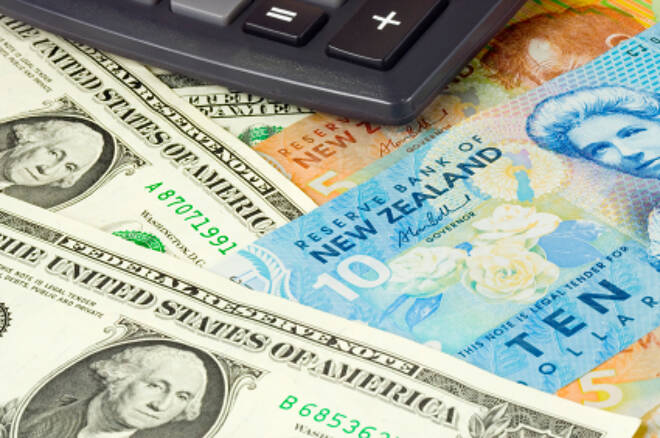Advertisement
Advertisement
New Zealand Unexpectedly Posted Small Trade Surplus
By:
New Zealand is completely reliant on international trade with its trading partners like China, Japan, US and South Korea. New Zealand’s economy had always
New Zealand is completely reliant on international trade with its trading partners like China, Japan, US and South Korea. New Zealand’s economy had always been formed on export of its weak agricultural products such as: fruits, meat cheese, butter etc. As for the import, New Zealand used to bring in machinery equipment, different types of vehicles, electronics. Total export brings in about 30% of the economy. Current review presents you the latest overview of the New Zealand trade including recent news.
According on the New Zealand statistics bureau, in January 2016 South Pacific nation had an NZ8$ million trade surplus. This news caused a great stir, since it was first comparably “huge” surplus for the past eight months. Due to the export of cheese, butter and cherries, China was stimulated further ahead as New Zealand’s major export destination in January 2016. In addition, value and quality of cherry export increased to new records due to the end of the season 2015/2016. The value grown up to 51% and quantity increased to 30% respectively. According to the experts, cherry export would be still growing despite of the fact that cherry season is nearly closed.
The total value of import in January 2016 draw up 3.9$ billion, which is 261$ million more compared to the previous year. Current import number increased to this point, because of the two main import goods, namely intermediate goods and consumption goods. First import group, rose to $140 million, which is 8.9% of the main import. Second import group increased up to $111 million, which is 12% respectively. As for the capital good, unfortunately, the import fell down to $34 million (4.4%). This decline was summoned by a large fall in crude oil. The quantity of imported crude oil went down to 7.9%.
The New Zealand dollar increased up to 68.01 U.S. cents comparing to the previous days.
Due to the lower value of dairy exports in the beginning of the current year, the country’s annual trade deficit expanded to NZ 3.58$ billion. Even with positive surplus at the moment, discussions about external environment remain the same: weak oil prices, ongoing drops in export prices and of course lower agricultural production. Some of those factors can be compensated, but in the end we expect that New Zealand’s external trade routine would stabilized.
We are expecting the Central Bank to initiate further currency attenuating during the next Reserve Bank (NZ) meeting at the end of April. After this action, we assume that Fed augmentation rates would pressure the currency into significant downturn. Therefore our verdict is to purchase NZ dollar at the current state of market and hold on tight towards Reserve Bank meeting.
This article is a guest post written by Nick James, from Forex News Now
About the Author
Nick Jamescontributor
Latest news and analysis
Advertisement
